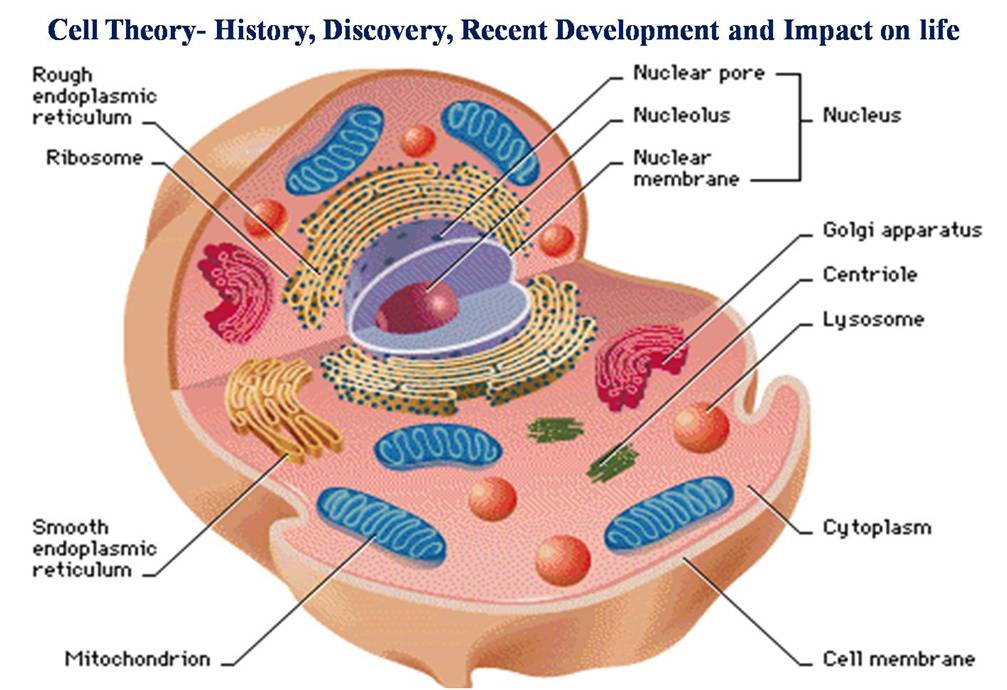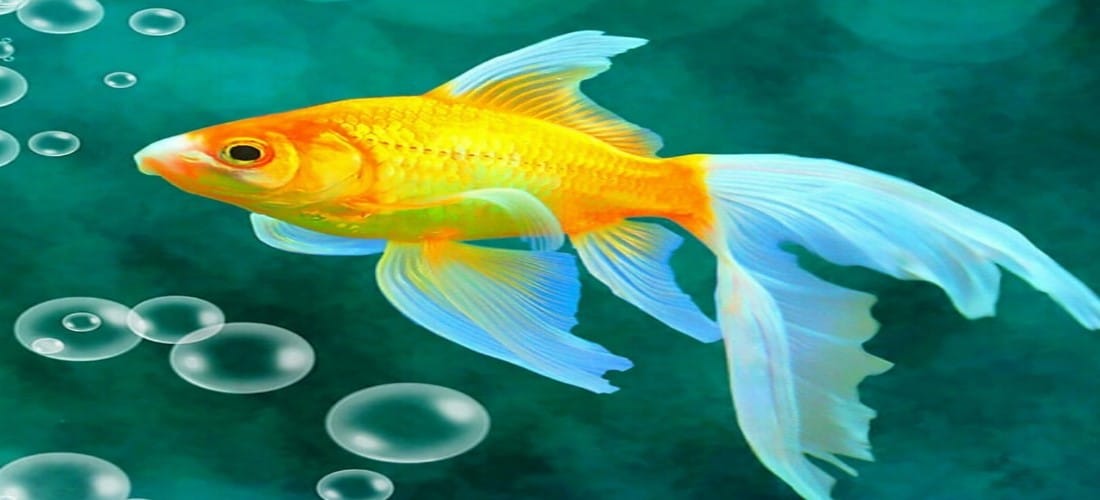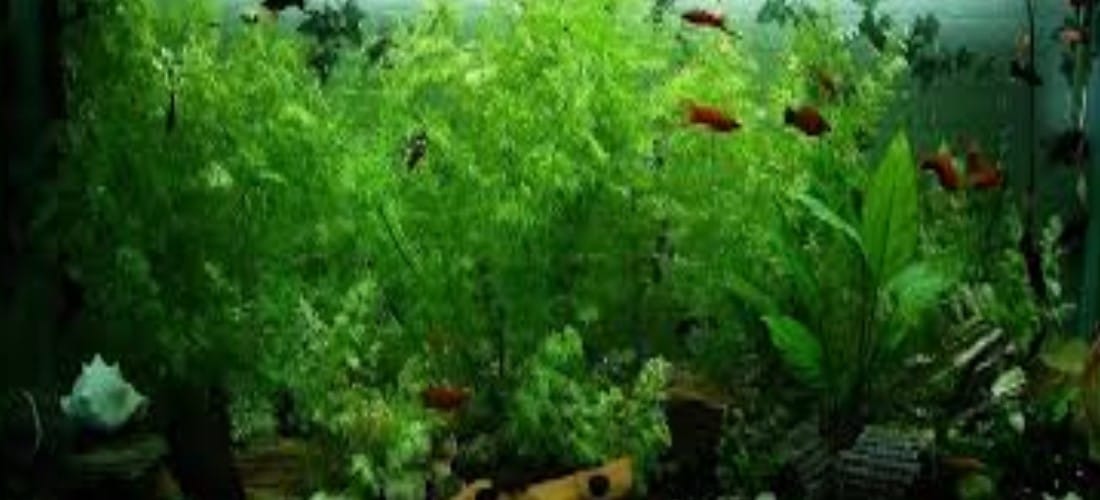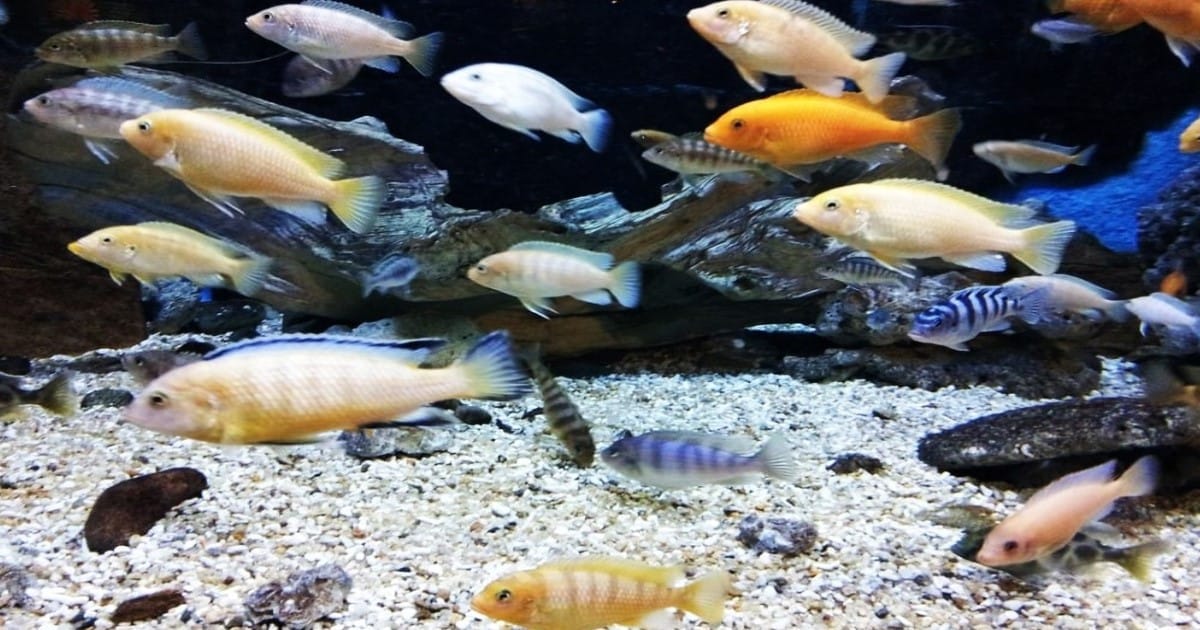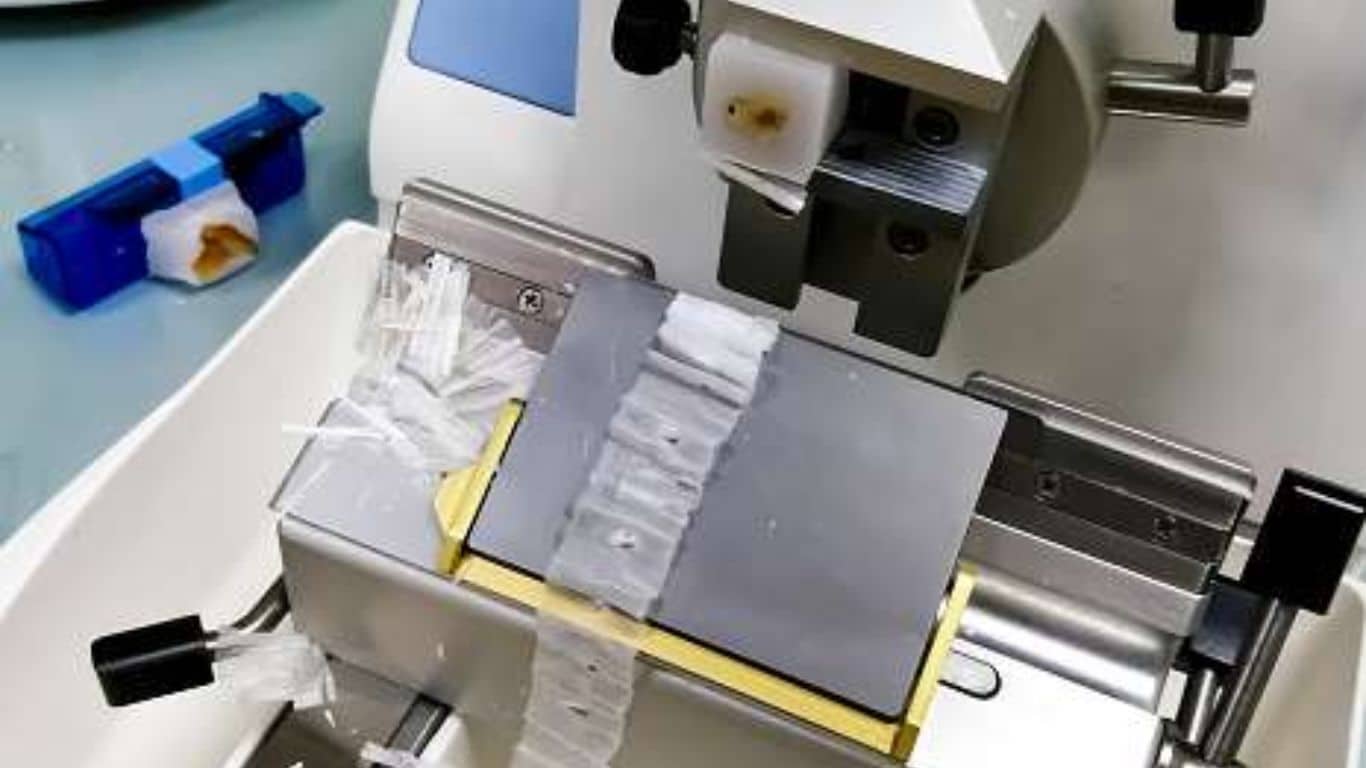Water Quality Management in Aquarium: Water quality management is crucial for maintaining a healthy environment in an aquarium, as it directly impacts the well-being of the aquatic life inside.
Good water quality ensures that fish, plants, and invertebrates thrive while reducing the risk of diseases or poor growth.
Here are key aspects of water quality management for an aquarium:
Water Quality Management in Aquarium
1. Water Parameters to Monitor
Temperature: Different species require different temperature ranges, but most tropical fish thrive in temperatures between 72–80°F (22–27°C). Use a thermometer to monitor and adjust as needed.
pH: The pH level indicates the acidity or alkalinity of the water. Most freshwater fish prefer a pH of 6.5 to 7.5, but it varies by species. Regular testing helps ensure stability.
Ammonia (NH3): Ammonia is toxic to fish and is produced by fish waste and decaying food. It should always be at 0 ppm (parts per million). Use biological filtration to help convert ammonia to less harmful substances. ‘Water Quality Management in Aquarium’
Nitrites (NO2): Nitrites are also toxic and should be kept at 0 ppm. They are a byproduct of ammonia breakdown in the nitrogen cycle.
Nitrates (NO3): Nitrates are less toxic but still harmful at high levels. They should ideally be below 40 ppm. Regular water changes help reduce nitrate levels.
Hardness (GH and KH): GH measures the concentration of minerals (mainly calcium and magnesium), while KH measures the water’s buffering capacity. Both are important for maintaining pH stability.
2. Filtration
Mechanical Filtration: Removes particulate matter like uneaten food and waste.
Biological Filtration: This involves beneficial bacteria that break down harmful ammonia and nitrites into less toxic nitrates.
Chemical Filtration: Activated carbon or other media can be used to remove dissolved organic compounds, such as excess nutrients, toxins, and odors.
3. Water Changes
Changing the water in an aquarium is an essential part of maintaining a healthy environment for your fish and other aquatic organisms. Regular water changes help maintain water quality, remove toxins, and replenish essential elements. The frequency and amount of water to change depend on the type of aquarium, the number of fish, and the filtration system. Here’s a guide on how and why water changes are important:
Why Are Water Changes Important?
- Remove Accumulated Waste: Fish produce waste that decomposes in the water, creating ammonia, nitrites, and nitrates. These compounds can be toxic to fish at high levels. Regular water changes help reduce these harmful substances.
- Maintain Proper Water Chemistry: Over time, the levels of minerals, pH, and other elements in the water can fluctuate. Water changes help maintain stable conditions that are beneficial to the aquarium’s inhabitants.
- Prevent Algae Growth: Excess nutrients in the water (like nitrates and phosphates) can lead to algae blooms. Regular water changes help keep these levels in check and minimize unwanted algae growth.
- Improve Oxygen Levels: As water changes refresh the system, it can help improve oxygen levels, benefiting the fish and other aquatic life. ‘Water Quality Management in Aquarium’
How Often Should You Change the Water?
Freshwater Aquariums: Generally, a 10-20% water change every 1-2 weeks is recommended. However, heavily stocked or small tanks may need more frequent changes.
Saltwater Aquariums: Saltwater tanks generally require water changes of 10-20% every 2-4 weeks. More frequent changes may be necessary for reef tanks or those with delicate species.
Small or Overcrowded Tanks: Smaller tanks or those with a higher fish population may require more frequent water changes (weekly or biweekly).
Steps for Changing Water in an Aquarium:
- Prepare the Equipment:
- Siphon or Gravel Vacuum: Used to remove debris from the substrate (gravel or sand) while also draining water.
- Bucket: Make sure it’s clean and only used for aquarium purposes.
- Dechlorinator: If using tap water, add a water conditioner to remove chlorine or chloramine, which can harm fish.
- Turn Off Equipment:
- Switch off any heaters, filters, and pumps before you start, to avoid damaging the equipment and to prevent water from splashing into the electrical components.
- Remove the Water:
- Use the siphon or gravel vacuum to drain the water from the tank. As you vacuum, make sure to remove debris from the substrate. Typically, you should remove 10-25% of the water, depending on your tank size and condition.
- Clean Decorations (Optional):
- If necessary, clean decorations, filter media, or glass while the water is low, but avoid disrupting any beneficial bacteria colonies that may reside on them.
- Prepare New Water:
- Prepare the new water in a separate container. Make sure the water temperature matches the tank’s water to prevent thermal shock. Use a water conditioner to treat tap water for chlorine and chloramine, and check the water’s pH and salinity (for saltwater aquariums) before adding it to the tank. ‘Water Quality Management in Aquarium’
- Add Fresh Water:
- Slowly add the prepared water back into the tank. Be careful not to disturb the substrate too much or shock the fish with a large water change. Add the water gently.
- Restart the Equipment:
- Once the water change is complete, turn the filter, heater, and any other equipment back on.
- Monitor Water Parameters:
- After the water change, check the water’s temperature, pH, ammonia, nitrite, and nitrate levels to ensure the tank environment is balanced.
Tips for Effective Water Changes:
- Consistency is Key: Stick to a regular water change schedule to keep the water quality in check.
- Avoid Over-Feeding: Overfeeding leads to excess waste in the aquarium, which can make regular water changes more difficult. Feed fish only what they can eat in a few minutes.
- Use a Quality Filter: A good filter helps maintain water quality and reduces the frequency of water changes, though it shouldn’t replace them entirely.
- Observe the Fish: Keep an eye on your fish after a water change. If they appear stressed or unhealthy, the water change may have caused an issue (e.g., sudden change in temperature or pH).
By regularly changing the water, you create a healthier and more stable environment for your aquarium’s inhabitants. ‘Water Quality Management in Aquarium’
4. Aeration and Oxygenation
Proper oxygenation is essential for fish and beneficial bacteria. Using air pumps, sponge filters, or surface agitation helps maintain oxygen levels. Ensure your aquarium’s surface is disturbed to allow gas exchange (oxygen in, carbon dioxide out).
When to Use Aeration and Oxygenation:
- Heavily Stocked Aquariums: Tanks with many fish or other animals often require increased aeration to ensure enough oxygen reaches all parts of the aquarium. Oxygenation will naturally follow from proper aeration.
- Aquariums with Plants: If you have live plants, they will contribute to oxygenation during the day. However, at night, plants consume oxygen, so aeration becomes essential to ensure oxygen levels stay stable.
- Saltwater Aquariums: Aeration is also critical for saltwater aquariums, particularly reef tanks, where oxygen demand can be high due to the presence of delicate species like corals.
Ways to Increase Aeration and Oxygenation in an Aquarium:
- Air Pumps and Air Stones: These are the most common way to increase aeration. The air bubbles they produce cause surface agitation and improve gas exchange.
- Powerheads or Water Pumps: These create water movement within the aquarium, helping circulate the water and increase aeration.
- Surface Agitation: Filters with adjustable flow can help increase water movement at the surface. Consider using a filter that outputs water in a way that increases surface agitation without disturbing fish or plants too much. ‘Water Quality Management in Aquarium’
- Protein Skimmers (for Saltwater Aquariums): In saltwater tanks, protein skimmers can help oxygenate the water while removing organic waste.
- Live Plants: Including aquatic plants in your aquarium can help oxygenate the water through photosynthesis during daylight hours.
- Water Surface Movement: Ensure that the surface of the tank is not covered by objects like decorations or a lid that blocks the exchange of gases.
5. Avoid Overfeeding
Excess food can lead to water quality issues by contributing to ammonia spikes and increased nitrates. Feed only what the fish can consume within a few minutes.
6. Routine Testing and Monitoring
Test your aquarium water regularly using water test kits or digital testers to check ammonia, nitrites, nitrates, pH, and hardness levels. Keeping a log of results helps identify trends and potential problems.
Testing is particularly important during the initial setup (cycling) of a new tank, as it helps you track the development of the nitrogen cycle. ‘Water Quality Management in Aquarium’
Read More: Accessories used in Aquarium Freshwater and Marine ornamental fishes: Commercially important Exotic and Endemic species of Aquarium fishes
7. Aquarium Maintenance
- Clean the Substrate: Periodically vacuum the gravel or substrate to remove waste buildup.
- Clean the Decorations and Equipment: Rinse decorations, filters, and equipment in aquarium water (not tap water) to prevent removing beneficial bacteria or chlorine damage.
- Monitor Algae Growth: Excessive algae can harm water quality by using up oxygen. Ensure there is enough filtration, and control light exposure to limit algae growth.
8. Dealing with Illness
Poor water quality can lead to disease outbreaks. If fish are showing signs of stress, illness, or abnormal behavior, perform water tests immediately and address any issues.
By keeping a consistent routine of testing, water changes, and maintenance, you can create a stable and healthy environment for the inhabitants of your aquarium.

